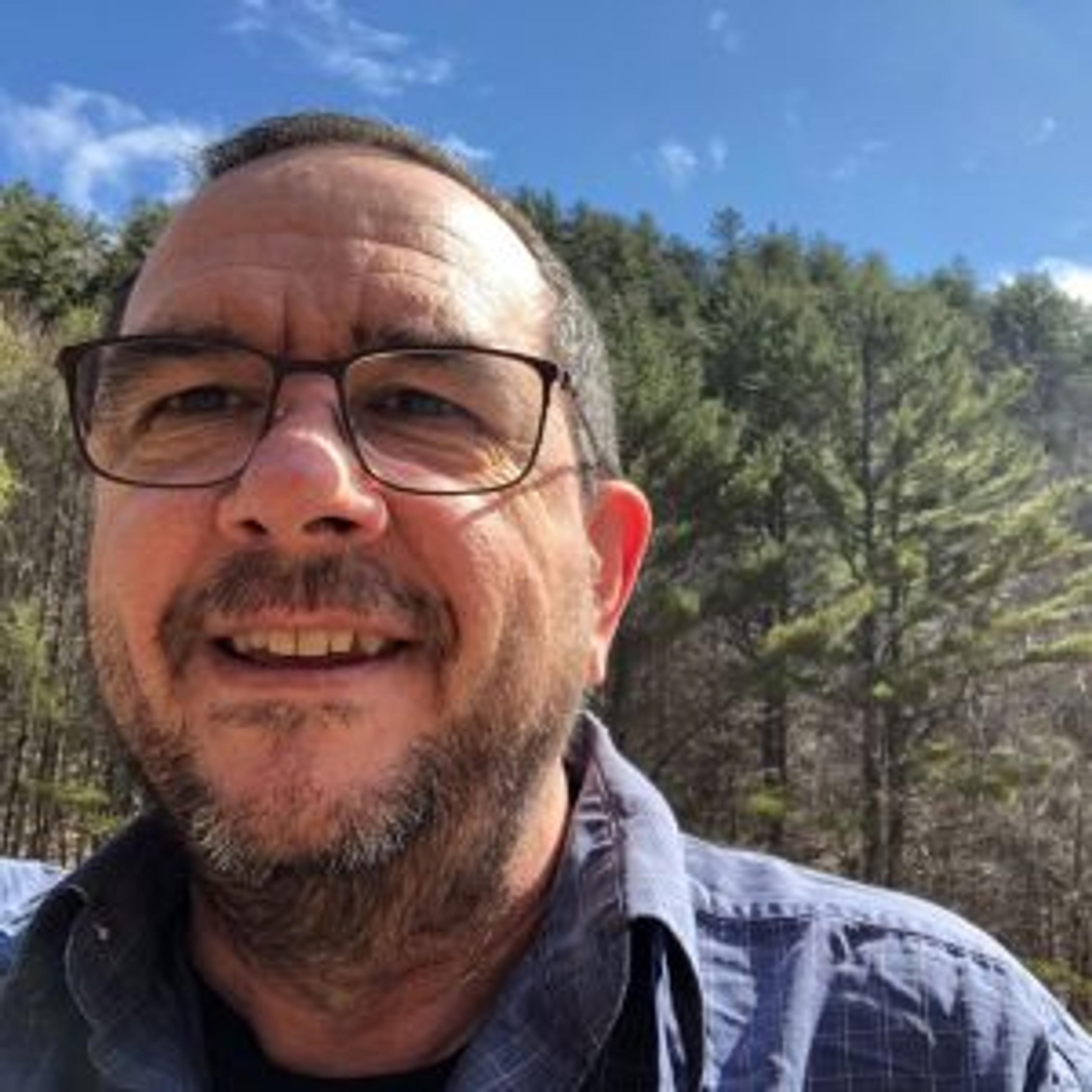
Article written in January, 2021.
Last month, Karmê Chöling held a drill to simulate how we might operate if one of our residents tested positive for COVID-19.
Our COVID team had already outlined the scenario, as required by Vermont’s OSHA. But a dry-run seemed like a good idea, said Elisa Shafa, Karmê Chöling’s COVID officer.
“It was all in a theoretical state, so we just decided that we probably needed to try it out and see where the holes were,” Elisa said. “So that’s what we did. If someone tested positive for COVID in the household, and we had to all isolate to decide who else might be infected, how would that work out?”
Especially given that we eat meals together and work here together, a simulation was needed to see how the logistics panned out.

The House was quiet and seemingly empty on the day of KCL’s COVID drill.
During the drill, everyone stayed in their rooms, although going outdoors was permitted. Meditation was handled by Zoom, with an umdze leading from the Main Shrine Room. For meals, each wing of the house was called out of their rooms by a guide, who led socially distanced and masked residents down to the dining room and service area.
One at a time, residents went through the service area and were served their meals, on paper plates. Each person was responsible for cleaning their own cups and silverware afterwards.
In case the kitchen crew had tested positive, residents were served pre-made food stored in the freezer and heated up by whoever was running the kitchen that day.
Shower time was determined by a schedule, and residents were assigned bathrooms that they could use throughout the day, one at a time.
“It seemed to go pretty well,” Elisa said. “Part of the reason for doing a drill like this was to let people know what they would be in store for if it were to happen, and if they would want to have certain supplies with them in their rooms. This gives people a good idea of what’s involved.”
The drill revealed that there was some confusion about what to do if one’s assigned bathroom was in use, and so the mudroom bathrooms have been declared available in such instances. It was also found that some signage was needed in the Food Service Area and the Dining Room to let residents know what routes to take to avoid breaking the six-foot distancing rule.
If a resident actually was diagnosed with COVID, the household quarantine would last about 10 to 14 days. Everyone in the house would be tested and, because false positives are possible , they would be tested again a couple days later.
A resident who tests positive would be isolated from the rest of the community — in their rooms, the dorms beneath the Main Shrine Room or at Ashoka Bhavan.
Everyone else would remain in quarantine until they tested negative twice, or until two weeks had passed.
“We have a lot of rooms for people to separate into, but still the logistics of who would be on their feet to run the show is a good question,” Elisa said.
Because Karmê Chöling is classified as a group home, health officials would likely send someone here to test the household.
“It went pretty smoothly, but it only went for one day. I think that if we had gone for more than one day, people would probably feel like they needed things that they hadn’t stocked up on,” said Elisa. “That’s why we went for one day, to give people a taste, so they could plan.”
Residents joining the Karmê Chöling community are required to quarantine at Ashoka Bhavan for 10 to 14 days. After moving into the Main House they can live mask-free with other residents, who have also quarantined. Food and other supplies are delivered to Karmê Chöling. Trips to town are infrequent, but residents are required to take precautions when they’re away.
Was this helpful?
Share This

